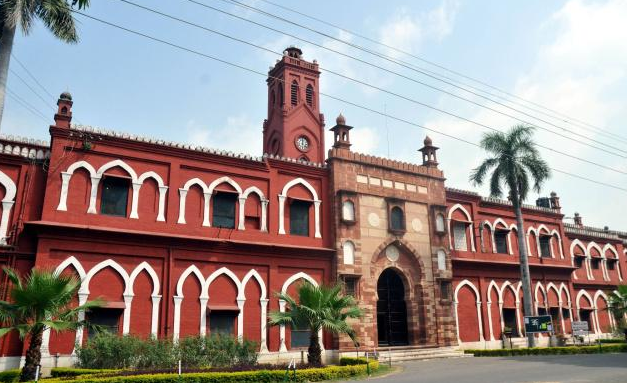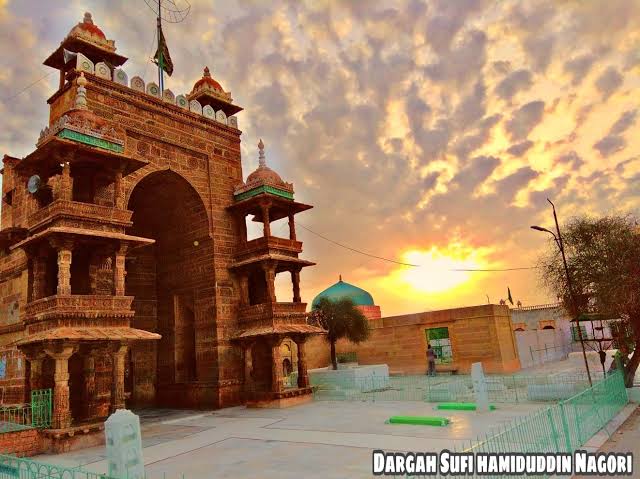(Dr Shujaat Ali Quadri)
Iconic Aligarh Muslim University is both College (education) and Qaum (community) for South Asian Muslims. It was their first leap into modernity after years of getting stuck in morass following the fall of the Mughal Empire. Its founder Sir Syed Ahmed Khan humbled the hubris of Muslim feudals and huddled them into this nursery to gear up for times ahead.
Feudals known as sharifs or ashraaf initially failed Sir Syed as they turned hostels into their rest houses. Only a few of them excelled in studies; most of them either returned to live off their hereditary riches or kept rotting in Aligarh.
The varsity, the Mohammed Anglo Oriental (MAO) College as it was established, struggled even to manage funds to keep its flock together.
During the last three years of Sir Syed, from1895 to 1898, the number of students at MAO College dropped from 595 to 165. Lack of funds brought it on the brink of closure. Barring a few students, the first generation college alumni proved to be utterly futile. Had it not been for its British principal Theodore Beck and his missionary zeal, the college would have closed down.
But it soon picked up pace and attracted the brightest and wealthiest from almost all sections of Indians. It was primarily founded to uplift Muslims educationally; it was though always open to all. In fact, the gentry of North India, regardless of religious orientation, saw it as the best place to send their kids for education. Thus, a number of notables, both Hindus and Muslims, decorate the varsity memorabilia.
One of its alumni, Raja Mahendra Pratap Singh, who went on to become the President of the first provisional government of India in exile in Kabul, was among its earliest students. Major Dhyan Chand, the greatest Indian hockey player, honed his skills when he was a student at AMU. The list is endless.
A Movement for Education
Sir Syed’s vision behind establishing MAO College was to change the pattern of knowledge endowment among Muslims. He wanted them to pursue modern education in modern language and idiom. Plus, he didn’t wish to limit this vision merely to his college in Aligarh. For him, it was a movement. Later, it did actually turn into a movement called Aligarh Movement. It sought to enlighten Muslims (mainly but not merely). Traditional centres of Muslim education, commonly referred as maqatib, or more commonly as madaris, were insufficient to meet demands of changing time. The success of British Colonialism had taught Sir Syed that it was the education of the British that had made them take an edge in almost every field. They were scientifically advanced and thus had no match to their latest skills in almost every field, be it military warfare, information technology, statecraft, institution-building, etc.
Twenty two years after Sir Syed’s demise, the MAO College flourished into a university. Today, the AMU is spread over 467.6 hectares in the city of Aligarh. It offers more than 300 courses in the traditional and modern branches of education. It draws students from all states in India and from different countries, especially Africa, West Asia and Southeast Asia. In some courses, seats are reserved for students from SAARC and Commonwealth Countries. The university is open to all irrespective of caste, creed, religion or gender. It ranks 8th among the top 20 research universities in India.
It has more than 37,327 students, 1,686 teachers and some 5,610 non-teaching staff on its rolls. The University now has 13 faculties comprising 117 teaching departments, 3 academies and 21 centres and institutes. A special feature of the university is its residential character with most of the staff and students residing on the campus. There are 19 halls of residence for students with 80 hostels.
The AMU is the first university in India which provides education to its students from Class1 (at primary school level) up to the PhD level.
The university also has outstation centres in Malappuram, Kishanganj and Murshidabad; it extends its campus and outreach to distant parts of India.
Taking inspiration from Sir Syed’s initiative to start MAO College/AMU, 4 universities were established — 3 in India and 1 in Pakistan. First, in 1920, Maulana Mohammad Ali Jauhar, Dr. Zakir Hussain and Maulana Azad, in collaboration with the leaders of Indian National Congress, established the JMI. Second, in 1990, noted Delhi entrepreneur, Hakeem Abdul Hameed, established Jamia Hamdard (Hamdard University) in New Delhi. Third, Mahbubul Hoque, an Alig from Assam, established the University of Science and Technology, Meghalaya (USTM) which he established in 2011. In 1993, Z.A. Nizami, an alumnus of AMU, established Sir Syed University of Engineering and Technology in Karachi, Pakistan.
Similarly, a number of other small and big institutions have been established by the people who either passed out from AMU or simply follow the Aligarh Movement as an inspiration to take education to far and wide. Even though limited in number, these institutions are taking the educational movement forward. It’s been a blessing not only Muslims, but for India in general as they have helped groom a number of future scientists, administrators and leaders of India, besides producing a crop of cultural icons.
Downside and What Should be Done?
As the Alig community — the collective name of AMU alumni — marks the yearly Sir Syed Day on 17 October, it seems clichéd and limited to qaurma, biryani and sherwani. The festivities no doubt reverberates the liveliness of Aligs, they however also cloud the purpose and future-orientation of the university.
The annual celebration is deeply rinsed in the maazi parasti (worship of the past). The AMU surely has a glorious past and a proven record of promotion of education. But it also has a taint of being a centre of only Muslim-specific politics. Its role in backing the Muslim League view of pre-partition politics stamps its role in creation of Pakistan. Sadly, such Muslim League hues splashed the campus long after 1947.
Meanwhile, as both India and the world have walked long ahead into the future, AMU has no time to waste on its past. It has to improve its credentials as a robust modern university and stride only in future direction. It’s time AMU should be known by its academic excellence and not by its past grandeur or advocacy of Muslim issues.
(The Author is the Chairman of the Muslim Students Organisation of India)





